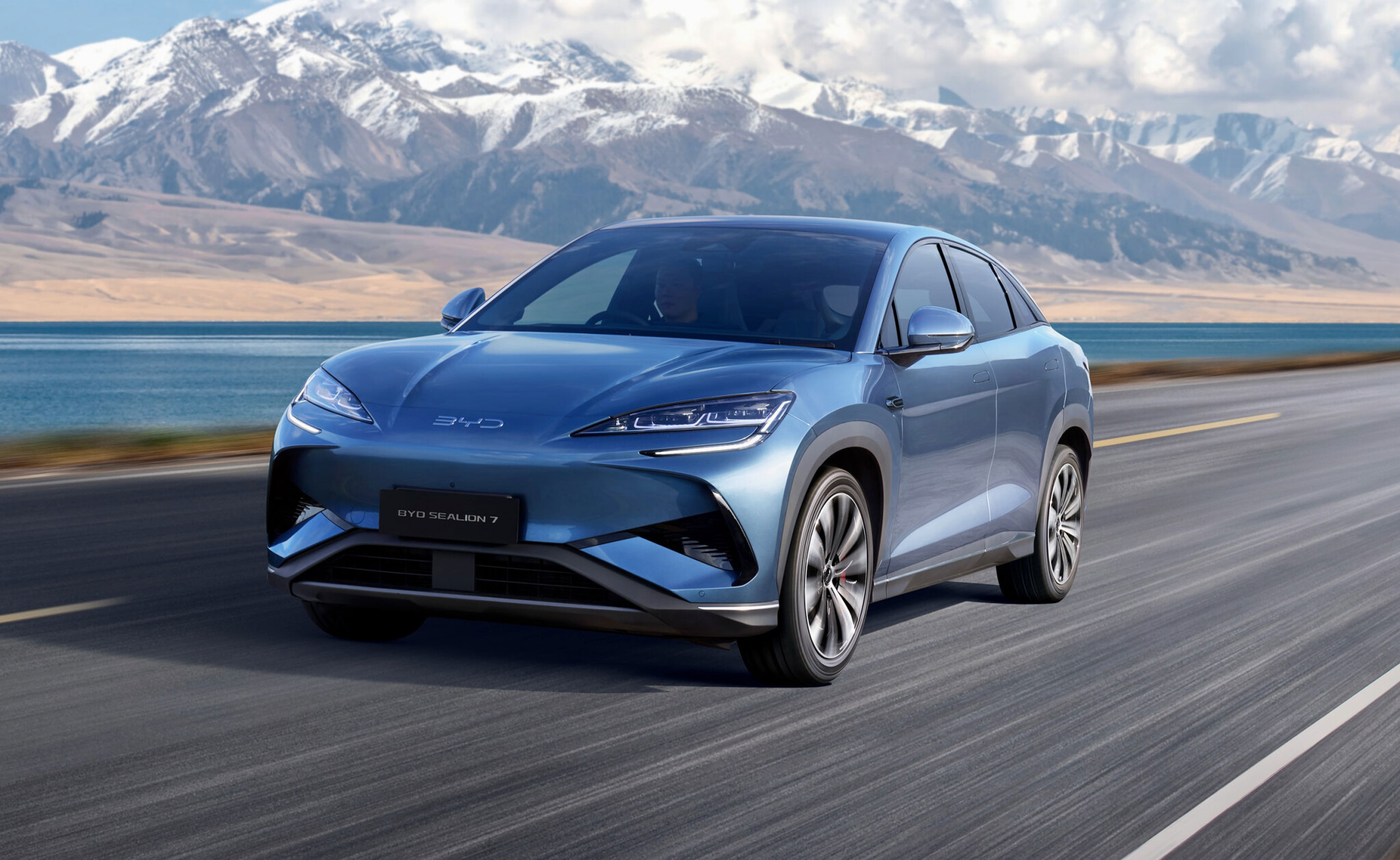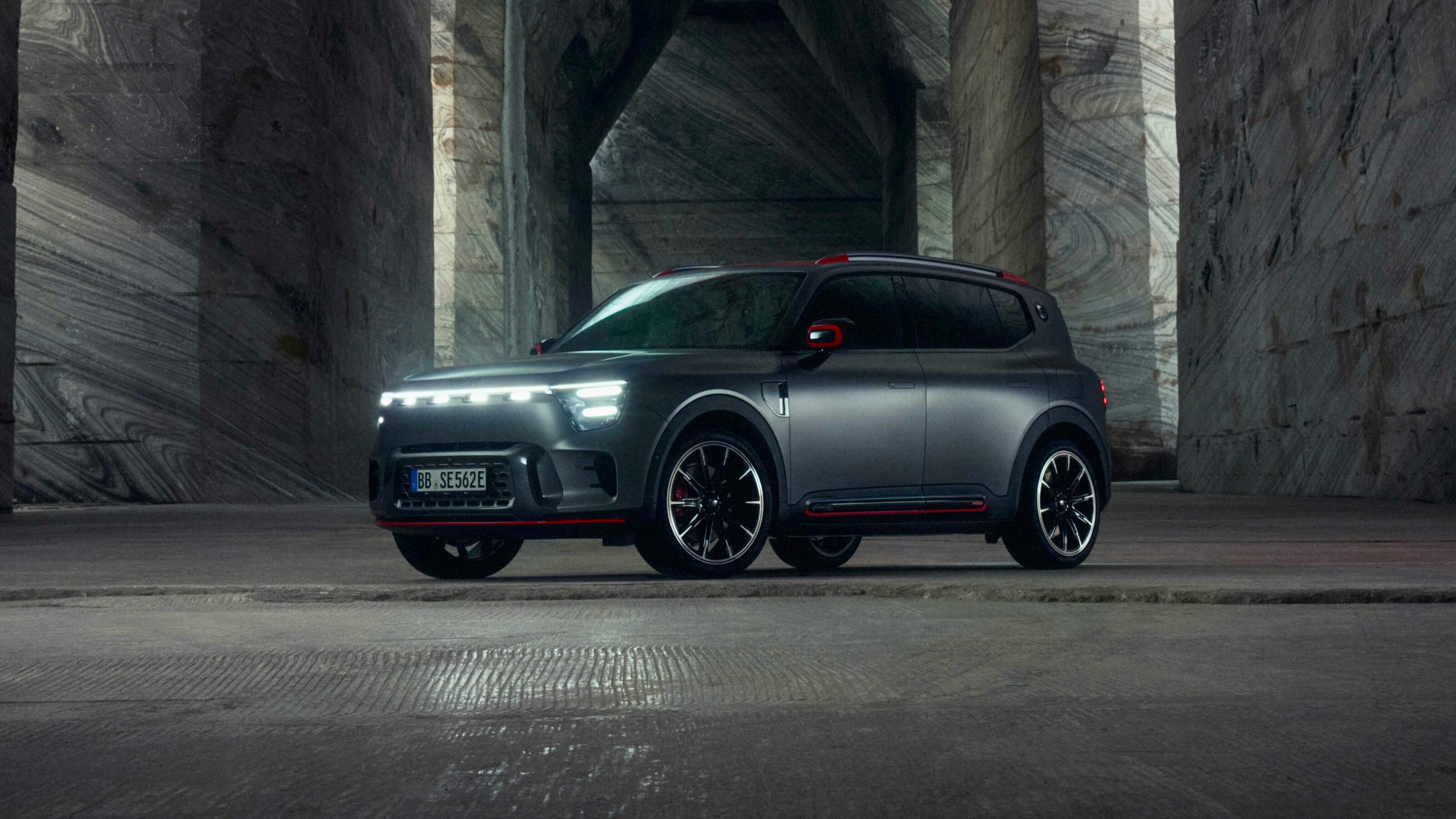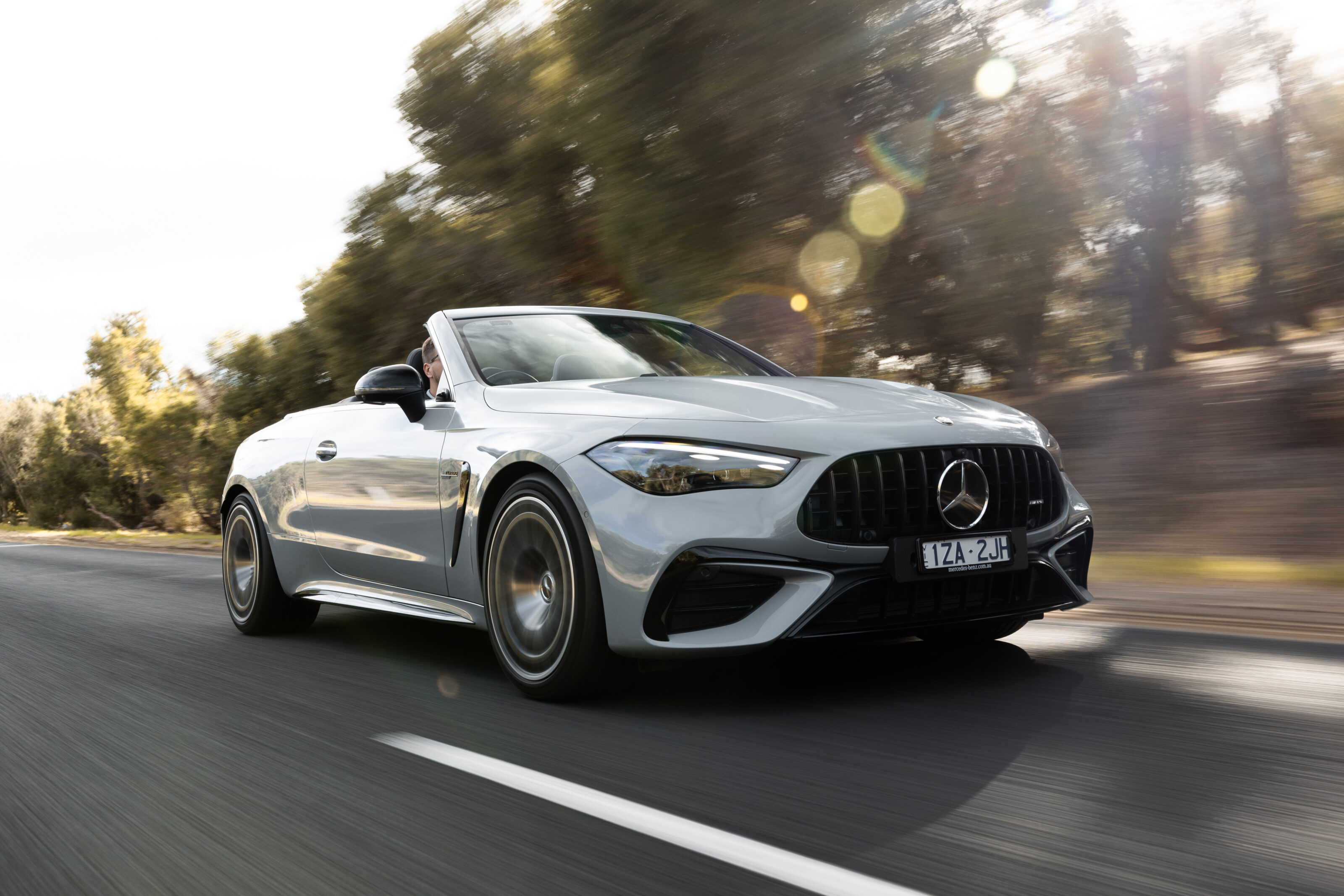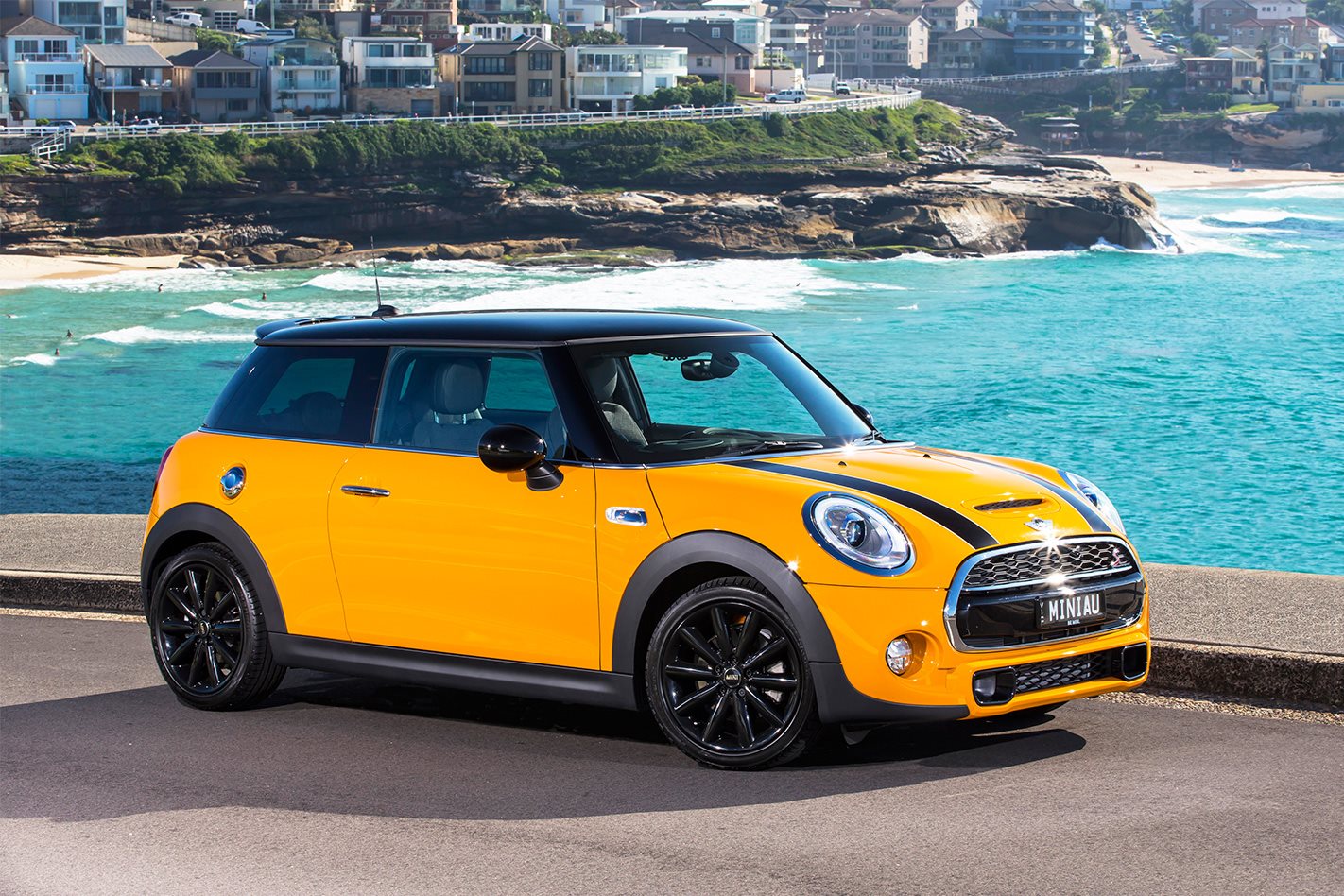
Mini’s traditional three door hatch will form the basis of the brand’s first all-electric model that’s scheduled to enter production in 2019.
The battery-powered Mini will join existing internal combustion and hybrid models in the Mini line-up, which includes five-door hatch, Clubman and Countryman SUV variants.
This won’t be the first all-electric Mini. In 2009 the company released the Mini E, a limited edition pure electric three-door hatch with a 120km range that was offered to select customers for short-term lease.
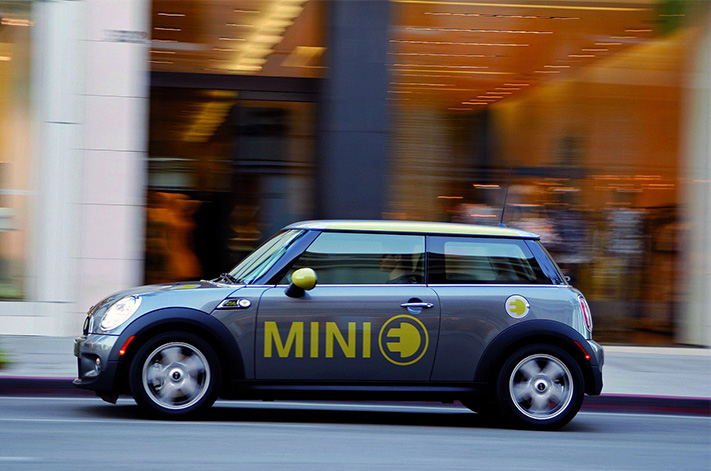
BMW had previously announced plans to introduce battery-powered versions of the BMW X3 SUV and an undisclosed Mini variant as part of its electric vehicle strategy.
The X3 tie-in led to speculation the first electric Mini would be a Countryman, which is already gaining a plug-in hybrid variant, so the announcement that it will be the baby Mini comes as a bit of a surprise, despite the precedent set by Mini E.
Choosing the smaller three-door Mini over the Countryman means the electric Mini is likely to be the most affordable BMW Group EV to enter production in the next few years. It will arrive ahead of the i8 Roadster (2018), X3 (2020) and iNext crossover (2021).
That said it should only be a matter of time before electron-powered Countryman and Clubman models are introduced thanks to BMW’s flexible UKL platform that underpins all Mini models making it easy to use the same drivetrain across the range.
It’s too soon to say whether the electric Mini will make its way to Down Under at some point in the next decade, though BMW Australia isn’t ruling it out.
A spokesman told WhichCar the company is still working on a business case for bringing the plug-in Countryman here and would look at the smaller car once that process is completed.


